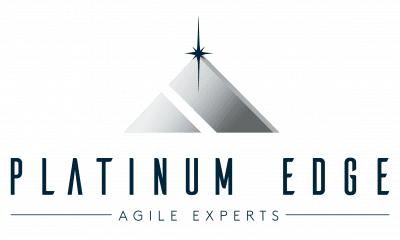by Jason Gardner (ed.)
In the dynamic world of project management, staying agile is more than a methodology—it’s a necessity. The Daily Scrum, a crucial component of Scrum, serves as a beacon for teams navigating the complexities of project development. This post is tailored for anyone involved in agile teams looking to optimize their day-to-day operations through effective planning and tracking.
Introduction
The Daily Scrum, often called the daily stand-up, is a 15-minute time-boxed event for the development team to synchronize activities and create a plan for the next 24 hours. This meeting’s essence is not to update statuses but to foster a collaborative environment where every team member is aligned with the project’s goals and current state. It catalyzes transparency, encouraging the team to share successes, roadblocks, and adjustments in real-time.
Tracking Progress
Efficient progress tracking is crucial to successful project management. It helps the team to inspect progress and adapt where needed. Within Scrum, two primary tools facilitate this tracking: The Sprint Backlog and The Task Board.
The Sprint Backlog
The Sprint Backlog is a list of tasks identified by the Scrum Team to be completed during the Sprint. It is more than a to-do list; it is a living document that guides the team throughout the Sprint. The Sprint Backlog includes:
- The Why: Each task in the backlog should contribute toward the Sprint Goal, the single objective that guides the Sprint. Understanding the ‘why’ behind each task is crucial for maintaining focus and motivation.
- Flexibility: The Sprint Backlog is not set in stone. It evolves as the project progresses, allowing the team to adapt to changes without losing sight of the end goal.
- Transparency: Every team member has access to the Sprint Backlog, ensuring everyone knows what needs to be done, what everyone is currently working on, and each task’s current status.
The Task Board
The Task Board, often a physical board or a digital equivalent, visually represents the progress of tasks within the sprint backlog. It typically divides tasks into columns such as “To Do,” “In Progress,” and “Done.” The Task Board enhances the Daily Scrum by:
- Visualizing Progress: At a glance, team members can assess the project’s progress, identify bottlenecks, and understand workload distribution.
- Encouraging Ownership: Moving tasks from one column to another provides a tangible sense of accomplishment and ownership of the work.
- Facilitating Discussions: The Task Board serves as a focal point for discussions in the Daily Scrum, enabling teams to address issues, re-prioritize tasks, and adjust plans as necessary.
Conclusion
The Daily Scrum is not merely a meeting—it’s a strategic tool that, when leveraged with the Sprint Backlog and Task Board, can significantly enhance a team’s efficiency, adaptability, and cohesion. By fostering an environment of transparency, collaboration, and continuous improvement, agile teams can steer their projects toward success with confidence and clarity.
Incorporating these elements into your daily planning not only aligns your team but also empowers each member to contribute to the project’s momentum. Remember, the goal of the Daily Scrum is to ensure that by the end of the meeting, the team has a clear understanding of how they will work together to advance the project in the next 24 hours.
For agile teams, every day is an opportunity to pivot, adapt, and move closer to their goals. By effectively planning your day with the Daily Scrum and utilizing tools like the Sprint Backlog and Task Board, you’re not just managing tasks—you’re cultivating a culture of excellence and innovation.


